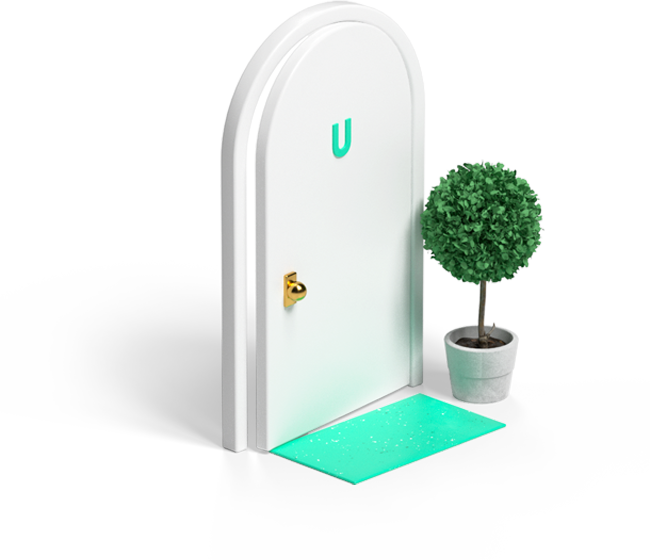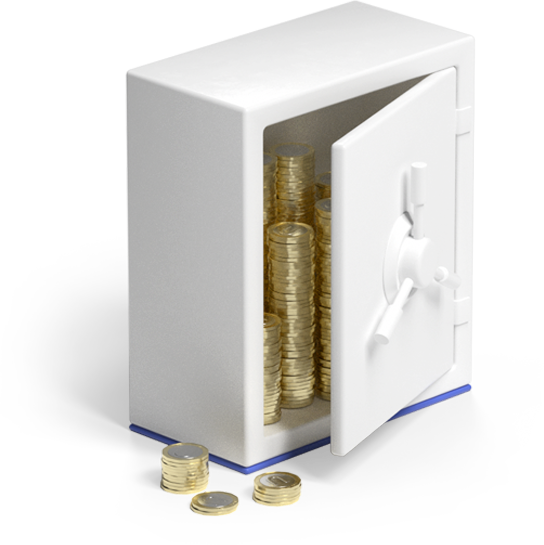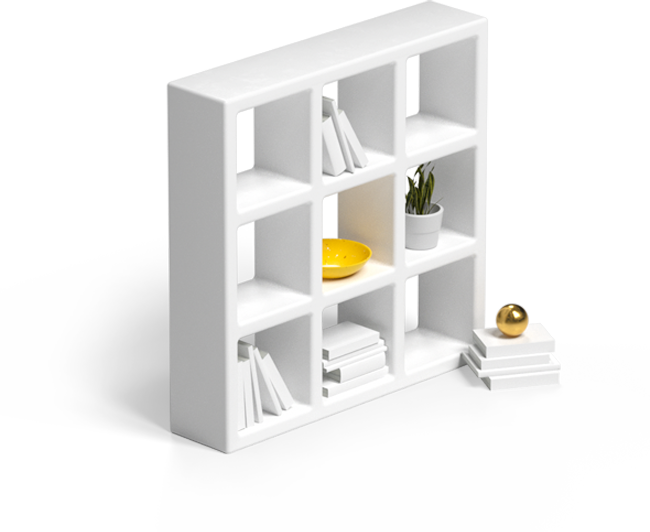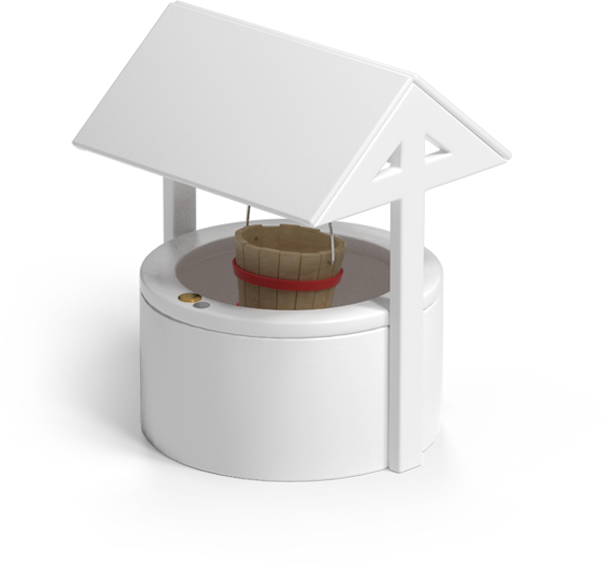Buy-to-Let Changes
As of 1st April 2016 there were a raft of changes to the buy-to-let market. Covering stamp duty, wear and tear allowances and finance cost relief we look at what this means for investors and why you may be better placed looking at alternatives to make your returns.
By Paul Tinsley6/12/20
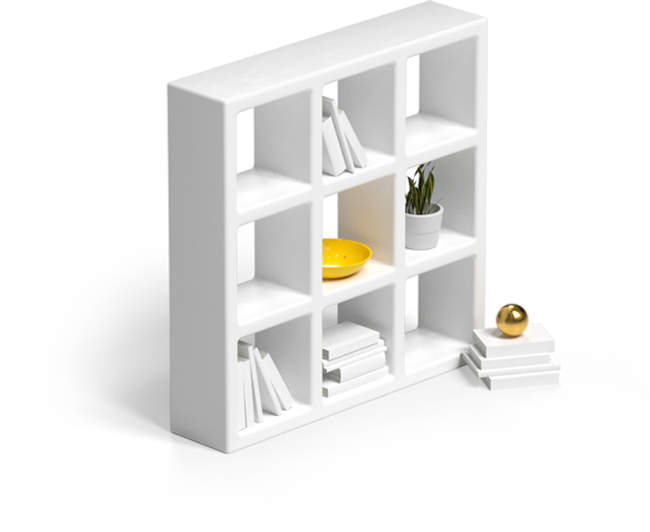
As of 1st April 2016 there were a raft of changes to the buy-to-let market. Covering stamp duty, wear and tear allowances and finance cost relief we look at what this means for investors and why you may be better placed looking at alternatives to make your returns.
Stamp Duty
In the 2015 Autumn Statement, The then Chancellor George Osbourne announced an additional 3% Stamp Duty tax would be levied on purchases of second properties. These changes came into effect on the 1st of April 2016.
The changes received a large amount of criticism from both landlords and investors, with many wondering why this change was implemented? According to the government, the increase in tax receipts will go to helping the affordable housing budget and help first time buyers break into the property market.
Wear and Tear Allowance
On the 1st of April 2016, the Wear and Tear Allowance was abolished and was replaced by the Replacement Furniture Relief (RFR). Previously Landlords who owned and operated fully furnished properties could claim an annual deduction equating to 10% of their rental income. The relief aimed to compensate landlords for the replacement of furnishings and general wear and tear, even if they did not make any purchases throughout the year.
Under the new RFR scheme, landlords are only able to claim the actual cost of replacing moveable furnishings such as curtains and bedding. Kitchens, bathrooms and boilers, however, do not qualify.
Finance Cost Relief
From the 1st of April 2017, higher-rate taxpayers were no longer able to offset all their mortgage interest against rental income. Though this reduction in relief is being phased in gradually, it will be in full force by 2020. At the moment, landlords can only offset 75% of their mortgage interest against their profits with the remainder available at the basic rate of tax reduction. This will fall to 50% in 2018, 25% in 2019 and 0% in 2020, at which point all financing costs incurred by a landlord will be given as basic rate tax reduction (20%).
So what does this mean if you own a property? Overall, these changes will lead to lower net profit margins. Whilst the move mainly affects landlords who already qualify for higher-rate income tax, its worth noting that once rental income has been factored in, this change may result in 440,000 basic rate tax payers being forced into the higher rate tax bracket of 40% (currently income greater than £45,001)
There is another way!
With all of these changes making it more difficult to turn a profit then you would be forgiven for giving property a wide berth! But that doesn’t have to be the end of it.
You could opt to use a platform like UOWN. With UOWN all of the financials are taken care of and you can easily see the Net Rental Yield you will receive. With our access to properties that would not otherwise go to market you can earn the same, if not better returns with none of the hassle or headache. Select your properties and the amount you want to invest and watch your money come in monthly.
This way you are free to spend your time on the more important things in life whilst the hard work is done for you. Information on this page represents UOWN’s understanding of current tax legislation. You should seek advice from a tax professional if you are unsure about how your investing in property might be affected by your personal tax position.
Take a look at our other articles

